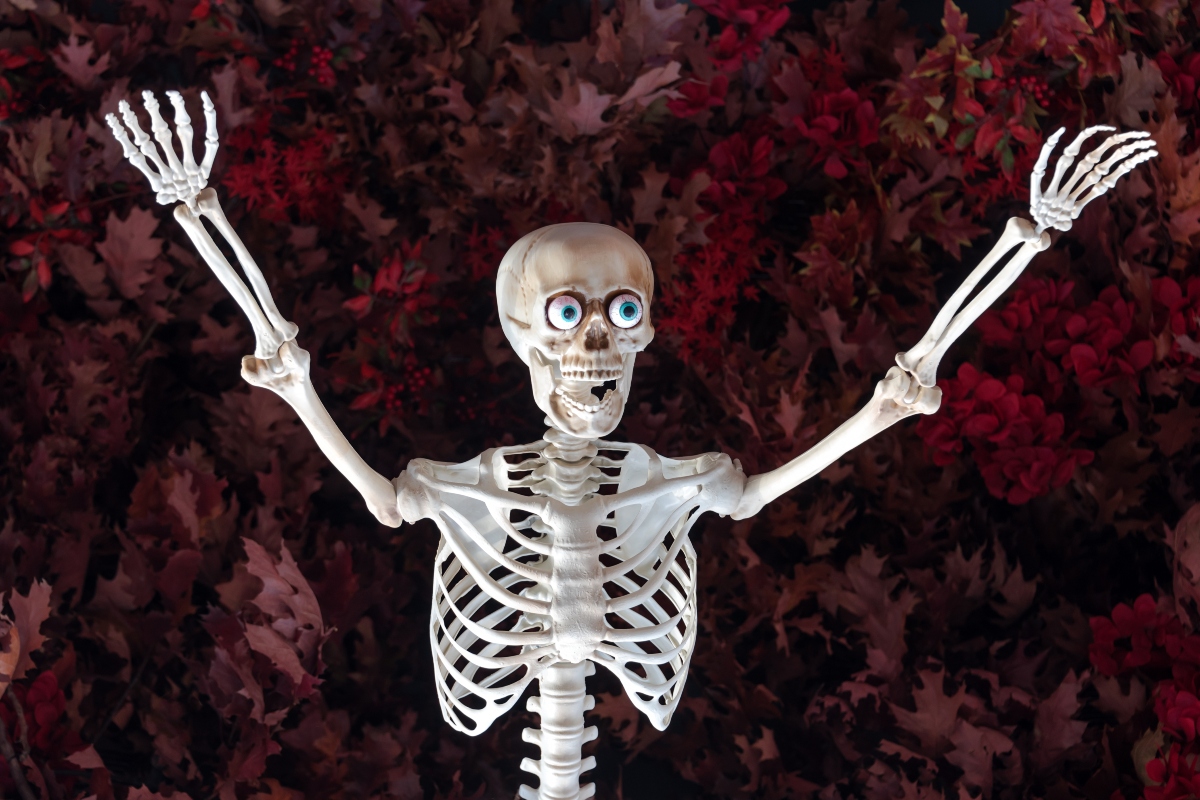Springfield, IL (CAPITOL CITY NOW) – Every October, homes become haunted sets, neighborhoods glow with jack-o’-lanterns and trick-or-treaters skip down the sidewalks in creepy costumes. Fear is central to Halloween – as central as candy or costumes. But where did the tradition of intentional frightening begin, and why do people enjoy it?
Halloween’s scare traditions rest on a cycle of tension and release. Early haunted attractions played with anticipation, shadows and silence before delivering the jolt while newer events amplify that pattern across themed design, lighting, sound and pacing so that fear becomes performance – and escape.
One of the first purpose-built haunted attractions opened in 1915, when Orton & Spooner staged a “ghost house” in Liphook, England. It functioned like a carnival fun house – steam powered, dimly lit with mechanical effects and unexpected sounds – setting a template for immersive fear that echoes today.
In the U.S., Halloween haunted houses grew out of homemade spooks during the Great Depression, when people built “trails of terror” or basement setups to entertain kids and distract them from mischief. In 1969, Disneyland’s Haunted Mansion raised the bar, blending theatrical design with illusions and turning scares into mainstream entertainment.
The 1970s introduced theme-park scale haunted events. Knott’s Scary Farm debuted in 1973 and Universal’s Halloween Horror Nights – originally called Fright Nights – followed in 1991. What began as small, local haunts grew into sprawling events. These attractions transformed Halloween into a full-scale industry of fear.
Horror films played a crucial role in shaping these traditions. From the Universal monster movies of the 1930s to slashers like Halloween and Friday the 13th, the silver screen provided the imagery – and the timing – that haunts borrow today. Movies taught audiences how to anticipate shadows, creaks and silence before the big reveal, cementing the jump scare as a staple both on-screen and in real life.
The appeal comes down to biology. When startled, the amygdala – the brain’s fear center – triggers the fight-or-flight response. Heart rate rises, adrenaline floods in and muscles tense. But when we know the threat isn’t real, relief follows – bringing dopamine, the brain’s reward chemical. The result is a confusingly pleasant mix of terror and joy.
Psychologists call this “benign masochism,” the enjoyment of an intense experience with no real danger. Like spicy food or roller coasters, fear heightens emotion; safety lets us enjoy it. Add others into the mix – friends in haunted mazes, crowds in scare zones – and the effect multiples. Screams and laughter become shared rituals.
Cultural historians argue that scaring ourselves at Halloween is also a rehearsal for bigger fears – mortality, danger, the unknown. By stepping into a haunted house or watching a horror film, we’re facing those ideas in miniature, in a way we can laugh about afterward. In that sense, Halloween isn’t just entertainment; it’s a safe playground for practicing how to handle fear itself.
Halloween proves that sometimes the best way to celebrate life is to dance with fear – and scream, together, in the dark.






